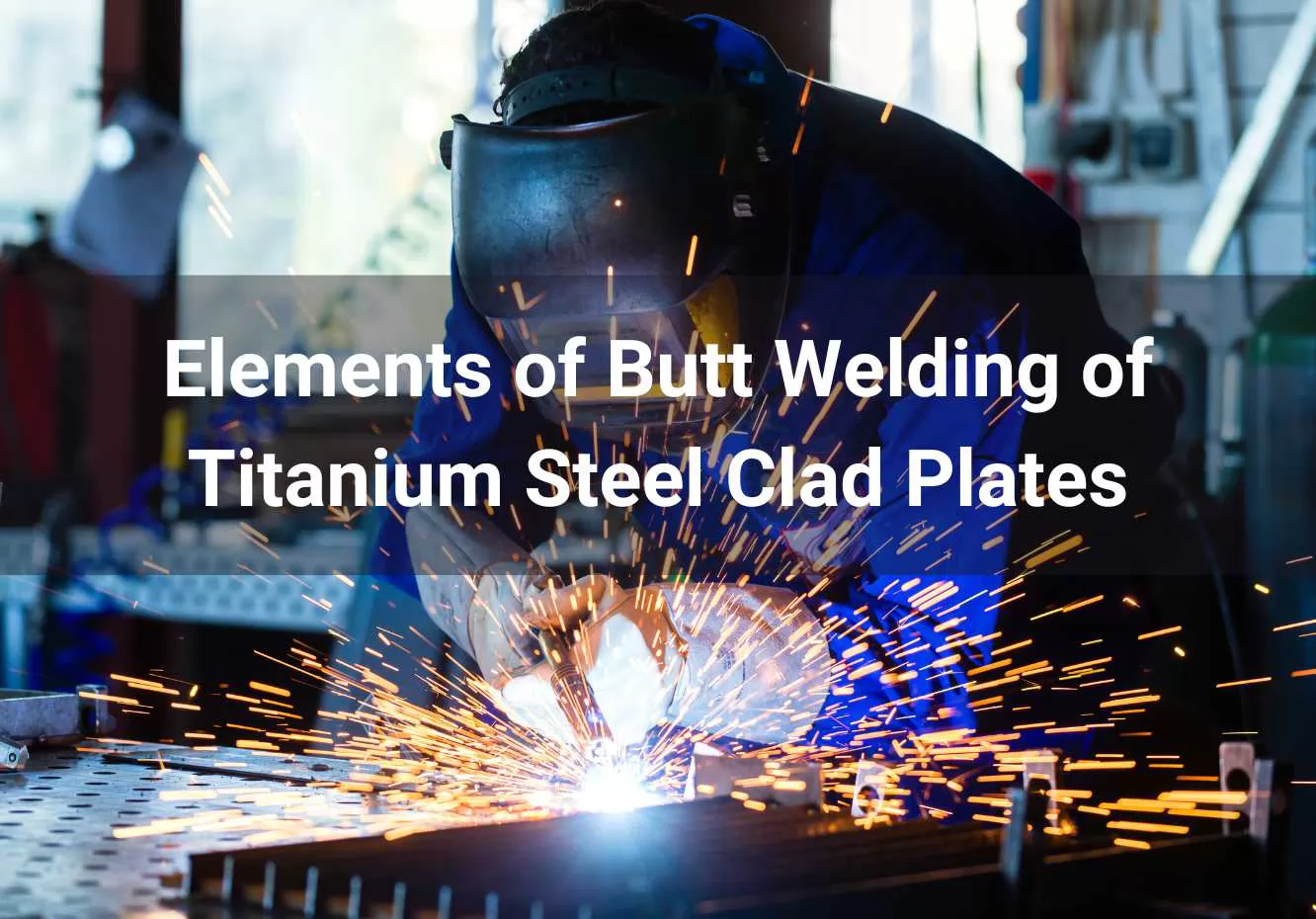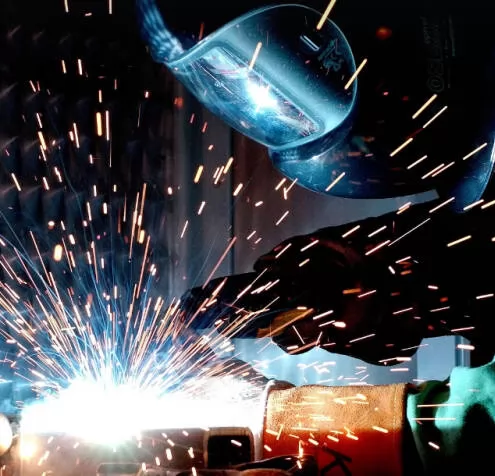

 1. Abstract
1. AbstractTitanium clad plate / Steel clad plate is an advanced composite material, formed by layering titanium plate and steel plate. This material offers a unique combination of titanium's superior corrosion resistance and steel's high strength, coupled with its cost-effectiveness. Such properties make Titanium/Steel clad plates indispensable in various industries, including petrochemical, power generation, salt chemical production, transportation, desalination, and marine engineering.
As the application of these clad plates continues to expand, mastering the correct welding techniques becomes crucial to ensure the longevity and performance of equipment operating in harsh environments. This article discusses the essential elements involved in welding titanium steel clad plates, focusing on techniques that ensure durability and resistance to corrosion in complex working conditions.
Achieving high-quality welds in titanium steel clad plates requires a well-structured approach that includes the preparation of bevels, precise welding sequences, and adherence to safety precautions.
The bevel design is critical to ensuring proper alignment and penetration during welding. The correct bevel form facilitates optimal fusion between the titanium and steel layers without causing contamination or separation at the weld interface.

A proper welding sequence ensures structural integrity and minimizes thermal stresses that can lead to defects. The recommended sequence includes:
Titanium steel clad welding requires strict attention to environmental factors, materials preparation, and welding procedures to avoid defects that compromise the weld’s integrity.

Titanium steel clad plates are a groundbreaking material that combines the best of titanium's corrosion resistance with steel's strength and cost-efficiency. However, realizing their full potential in industrial applications hinges on employing precise welding methods tailored to their unique properties. By meticulously following the recommended bevel designs, welding sequences, and environmental controls, industries can ensure durable, defect-free welds that withstand even the harshest operating conditions.
From maintaining cleanliness and controlling heat to ensuring proper alignment and using certified welders, every step in the welding process contributes to the structural integrity and performance of titanium steel clad plates. Adhering to these practices not only enhances the reliability of the equipment but also extends its service life, offering significant cost savings and operational efficiency.
As industries continue to innovate, the demand for advanced materials like titanium steel clad plates will grow, making expertise in their handling and welding an indispensable asset. Partnering with skilled professionals and leveraging cutting-edge techniques will ensure that this revolutionary material continues to drive progress across sectors such as petrochemicals, desalination, and marine engineering. Embrace these best practices, and unlock the immense potential of titanium steel clad plates for your next project.Contact us now!



Fugo Tech is focused on the manufacturing of clad metal plate and distributes the Stainless Steel, Titanium, Nickel Alloy, Zirconium and other non-ferrous metal pipes, fittings, flanges, and fasteners.